‘Feed the stars’: A feast suited to Matariki celebrations
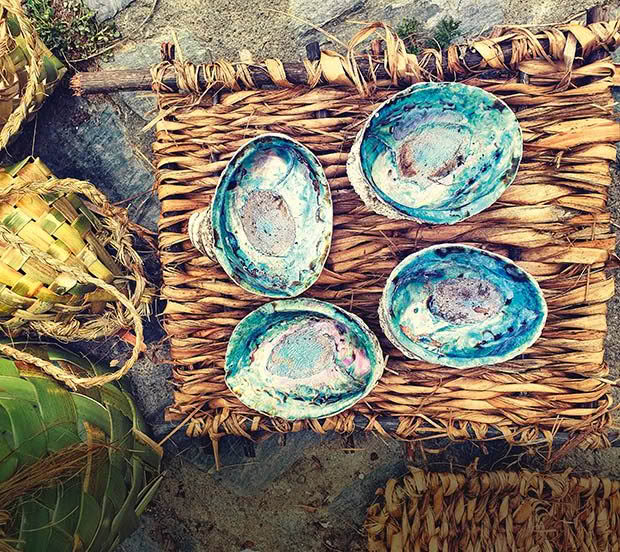
The Food Farm celebrate Matariki with an offering of food to the stars.
Words & Photos: Angela Clifford
This article was originally published in the June 2022 issue of NZ Lifestyle Block, discussing the first official Matariki public holiday.
I was recently showing a friend and her son around the farm.
She remarked on the globe artichoke flowers, noting their wonderful shade of pink. This raised the eyebrows of both her son and me, as to us the flowers were clearly purple.
She insisted, and I think we both had a moment where I needed to check that my lifelong friend wasn’t, in fact, colour-blind. It turned out to be the sunglasses she was wearing turned the flowers a beautiful shade of fuchsia.
It’s a great metaphor – without knowing it, we grow up wearing a lens that determines how we see the world.
Few things make you feel the weight of the frames you’ve applied than growing and eating food, and sharing it with others.
We’ve been woofer hosts here on The Food Farm for over 17 years. In that time, we’ve had close to 300 people stay and learn with us from across the planet. Every one of them has brought to us an understanding of the world that we didn’t know until they sat at our table.
It has meant extraordinary life lessons for our children, mostly about the lack of universal truths. There’s no one way to use cutlery. There’s no one way to make pancakes. There’s no one way of being raised or of understanding anything. I’m eternally grateful for these lessons and the diversity of thinking it has instilled in us.
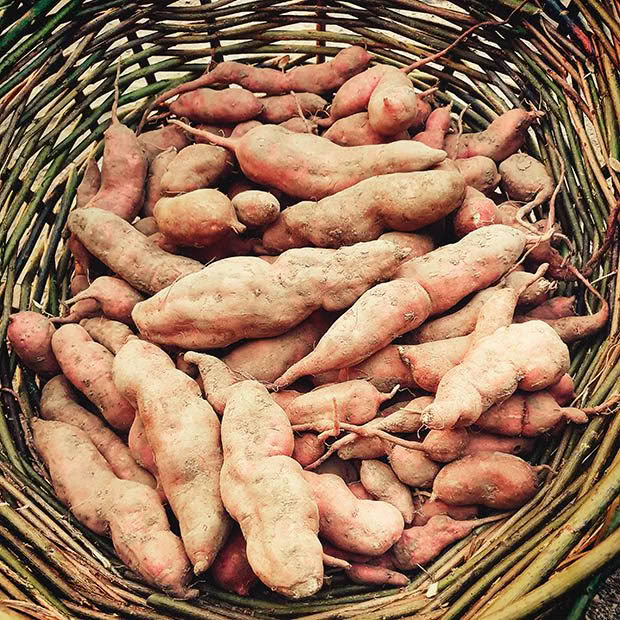
This wide perspective has extended to our growing systems on the farm, most notably the inclusion of maramataka (the Māori lunar calendar). Other indigenous planting systems, such as the Three Sisters (a companion planting group of corn, beans, and pumpkin) have also shaped how we grow our food.
On June 19, the Matariki constellation will rise above our horizon and begin a week that includes a brand-new public holiday. It’s an opportunity to apply a different lens to how we view this time of the year.
The shortest and darkest days are a time to reflect, remember those who’ve passed, to gather and give thanks for life and the abundance of food from the previous growing season.
This might not be a lens we’ve seen at this time of year previously (depending on our whakapapa or cultural background), but if we’re open to including it, I feel we’ll all be richer for it.
It’s also important to understand the celebration in the context of your local iwi. Some celebrate Puanga instead of Matariki – read more at right.
Te Hautapu o Matariki is a traditional ceremony with a food offering to the Matariki star cluster. Four of the stars are directly related to food:
• waitī (freshwater food);
• waitā (food from the ocean);
• tupuānuku (food from the earth);
• tupuarāngi (food from overhead, including the trees and birds).
For us, it’s a moment to give thanks for the abundance our home has given us, at a time when our stores and pantries are (hopefully!) full.
The Food Farm Te Hautapu o Matariki
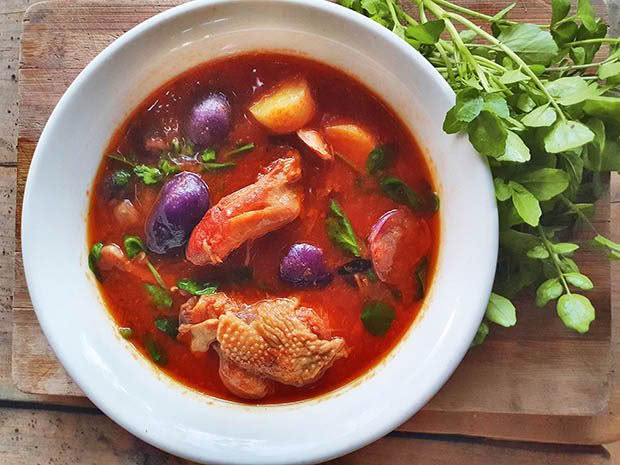
We cook this dish in a casserole pot. When it’s ready, we open the lid to let the steam escape and ‘feed the stars’, bury a small amount in the ground, and enjoy the rest as a family.
The recipe includes chicken (food from overhead/birds), saltwater from the ocean, taewa and kūmara from the earth, and cress from freshwater.
Growing a chicken for the table is no mean feat. If you grow meat birds or have been eyeing up a rooster for the pot, this is the time to use it. Hautapu o Matariki is a great way to celebrate your hard work and give thanks for your success at this special time.
It’s a perfect recipe for dual-purpose breed chickens like Plymouth Rock and Hampshire because you cook it slowly, rather than roasting it – we used a homegrown Hampshire cockerel.
If you buy a chicken, I encourage you to get a responsibly raised bird to reflect the importance of Papatūānuku (the earth).
Ensure the watercress is from a clean supply – cress from drains may be contaminated depending on the water or it may have been sprayed (but not yet died).
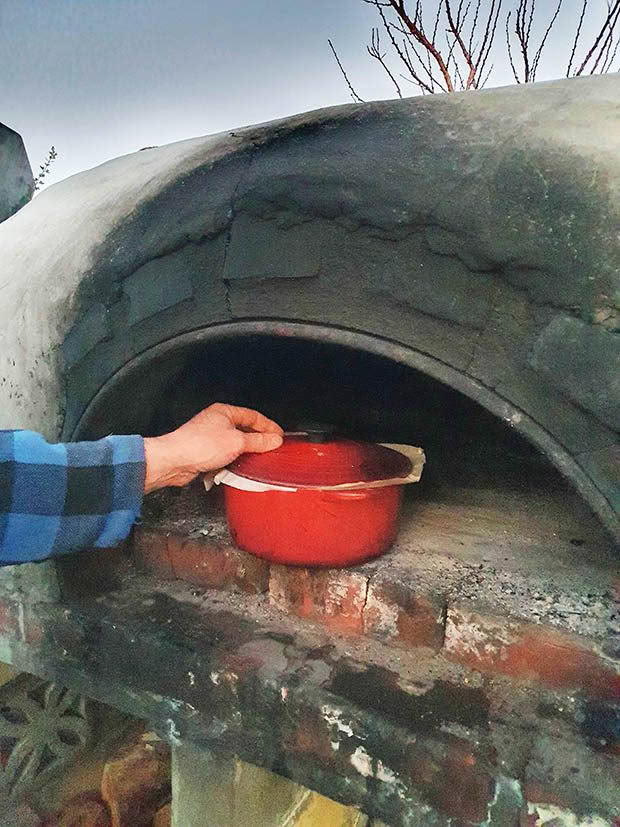
INGREDIENTS
4 litres of seawater or salted water, chilled
1.5 kg whole chicken or a mix of chicken pieces
splash of oil
2 large onions, roughly chopped
1 head of garlic, peeled and smashed
1.4 litres of passata (approximately)
a few springs of thyme
2 litres of root vegetables (we used taewa and kūmara)
salt and pepper
2 large handfuls of watercress, rinsed, leaves picked off stems
METHOD
To brine the chicken, fill a pot with chilled seawater. If you don’t have seawater, heat 120g of plain salt in 4 litres of water, stir to dissolve, then chill. Add the chicken to the brine and place in the fridge for 24 hours. If you’re using chicken pieces, the brining time comes down to 8 hours.
Add the oil to a large, hot frying pan. Brown the chicken, then place in the slow cooker pot.
Add the onion to the pan used to sear the chicken, cook until light brown, then add to the pot.
Deglaze the pan with a splash of water, then pour over the chicken.
Place the garlic, passata, and thyme in the pot and set the slow cooker for four hours on high.
When the chicken is nearly done, chop the vegetables into roughly 4x4cm chunks and add to the pot. Season generously with salt and pepper. Keep cooking on high until the vegetables and meat are done, approximately another 2 hours.
Note: this timing may vary depending on your slow cooker.
Remove the pot from the cooker. Add a handful of watercress and stir until wilted.
Serve in large bowls. Have plenty of napkins handy as picking the bones clean can be messy.
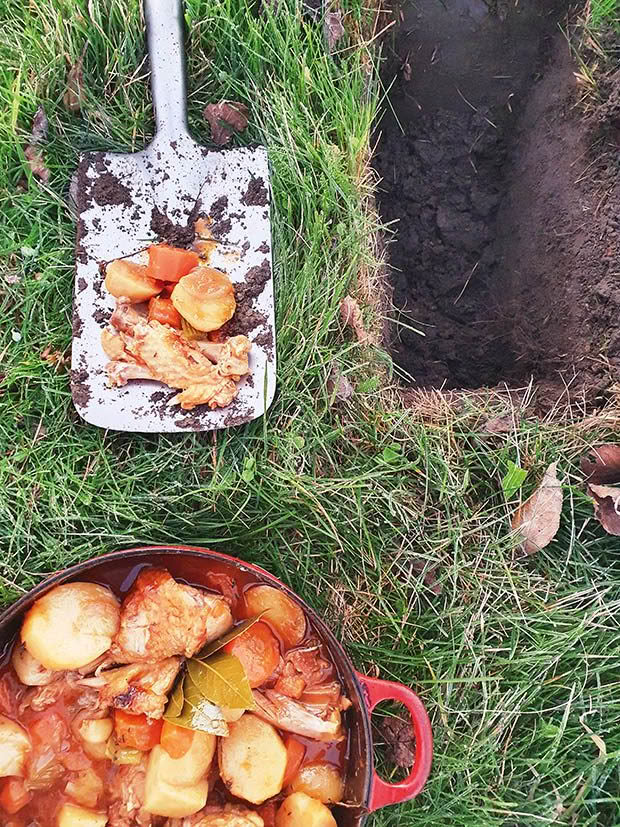
ANGELA’S TIPS
• If you can’t joint a chicken yourself, use pieces on the bone.
• The brining is an important step as it ensures the chicken remains juicy.
• Slow cookers vary in how they cook, so use your judgement when trying this recipe.
Creamed pāua
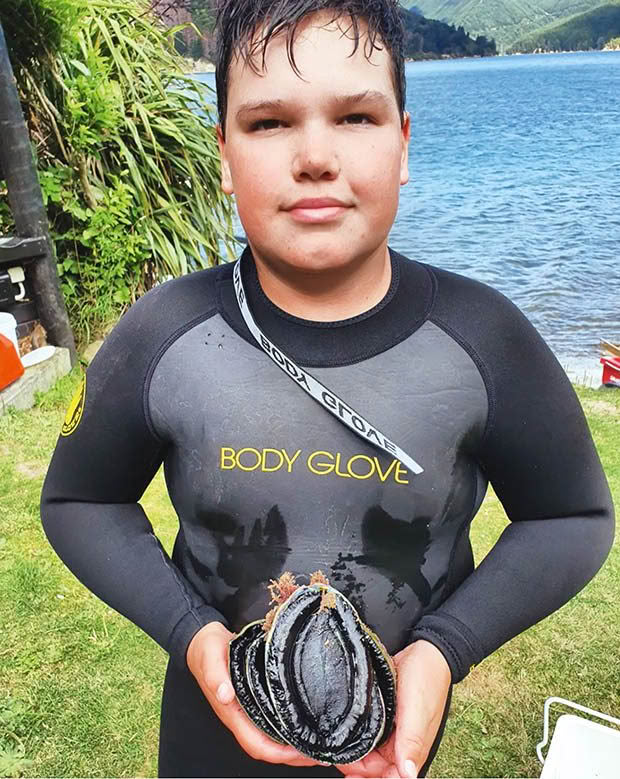
My husband Nick grew up freediving in South Australia, and he’s taught our children to be intrepid, clever divers. The visibility in the waters on the East Coast of the South Island can be limited, but they’ve never known much else.
Pāua is a favourite as the depth and water clarity isn’t too much of an issue if you pick the right spot.
This dish is perfect for warming up after a winter ocean swim. It’s a traditional dish in Aotearoa, best served with fry bread (paraoa parai, a fried dough).
This recipe gets my vote as a national dish. We’ve made it our own, but it originates with our friend (and pirate) Nate Smith from Gravity Fishing in Bluff.
INGREDIENTS
1 pāua per person
1 large onion chopped
40g butter
300ml cream
1 cup grated cheese (we use half Colby, half Tasty)
salt and lots of pepper
METHOD
Cut thin slices across the pāua – as thin as you can – with a very sharp knife.
Heat a heavy-bottomed saucepan, add the onion and butter and gently fry until soft.
Add the sliced pāua and gently sauté for 2 minutes.
Add the cream. Keep on a low simmer, stirring occasionally so it doesn’t stick, for at least 30 minutes, up to an hour – add more cream if it dries out.
Add the cheese, a brave seasoning of pepper, and salt to taste, then stir until the cheese has melted.
Serve warm with fry bread or other energy-giving carbs.
Love this story? Subscribe now!
 This article first appeared in NZ Lifestyle Block Magazine.
This article first appeared in NZ Lifestyle Block Magazine.
